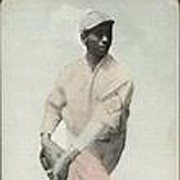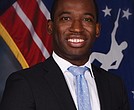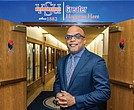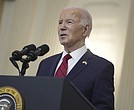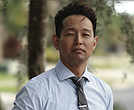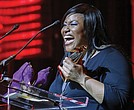Early players tried slipping past baseball’s color line
Fred Jeter | 4/13/2018, 9:36 a.m.
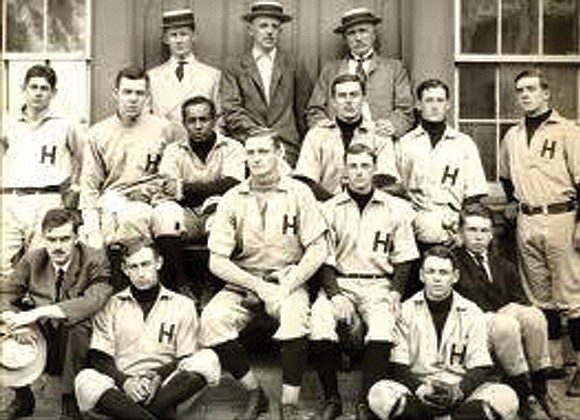
Long before Jackie Robinson broke into professional baseball under the bright lights of New York City, there were other men of color with unquestionable talent who tried doing the same.
Their efforts were hidden in the shadows, however.
Jimmy Claxton, a left-handed pitcher born in British Columbia, Canada, in 1892, deserves special mention.
Claxton played two games with the Oakland Oaks of the Pacific Coast League in 1916 and is considered the “first black man to play professional organized baseball in the 20th century,” albeit inadvertently.
The son of an Irish-English mother and African-Native American father, Claxton was introduced to Oakland scouts as a Native American.
In signing, he was described in the San Francisco Call as “the Indian southpaw recently nailed by the Oaks from an eastern reservation.”
Claxton pitched two games with the Oaks before his African blood was discovered. He was quickly released and played the remainder of his career in the popular but low-paying Negro Leagues.
Then there was William Clarence Matthews, born in 1877 in Selma, Ala.
A brilliant scholar as well as athlete, Matthews starred three seasons at Harvard University playing second base.
That earned him a contract with the Burlington, Vt., of the Northern League. He played the full 1906 season in Burlington as the only African-American in the semipro league.
There was speculation he was about to be signed by the National League Boston Beaneaters when NL President Harry Pulliam stepped in to nix the deal.
Matthews went on to become a prominent lawyer and, in 1924, was appointed by President Calvin Coolidge as assistant attorney general.
There were others, often with Spanish accents.
The Washington Senators, in particular, were famous for signing Cubans considered “light enough” to pass for white.
The 1976 movie, “Bingo Long and his Traveling All-Stars,” makes comical reference to that.
All-Star Richard Pryor makes a pitch to big league scouts first as a “Cuban” named “Carlos Nevada” and later as a Native American, “Chief Takahoma,” wearing a mohawk.
The movie concludes with dynamic outfielder Esquire Joe Calloway inking a contract with a big league club, with his teammates’ blessings. “Go, Go, Esquire Joe!” the All-Stars chanted enthusiastically.
Esquire Joe’s silver screen signing was symbolic: The shadows had lifted.

